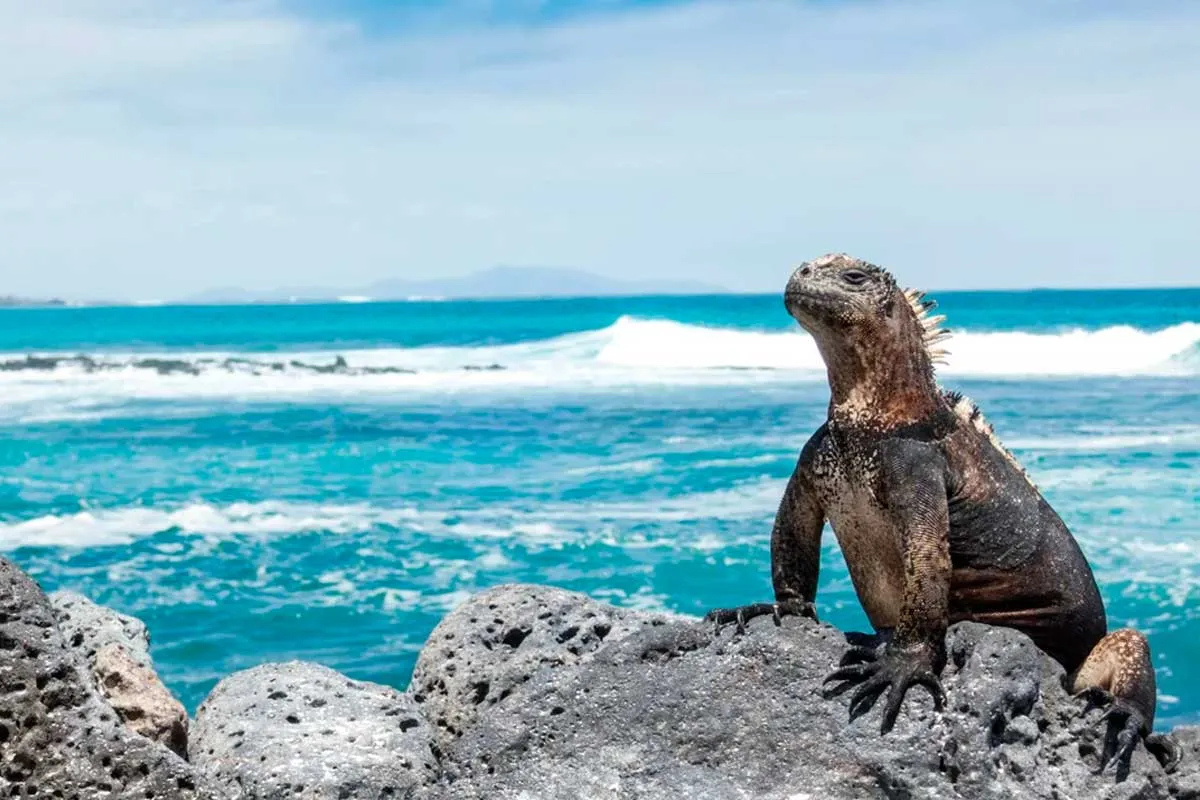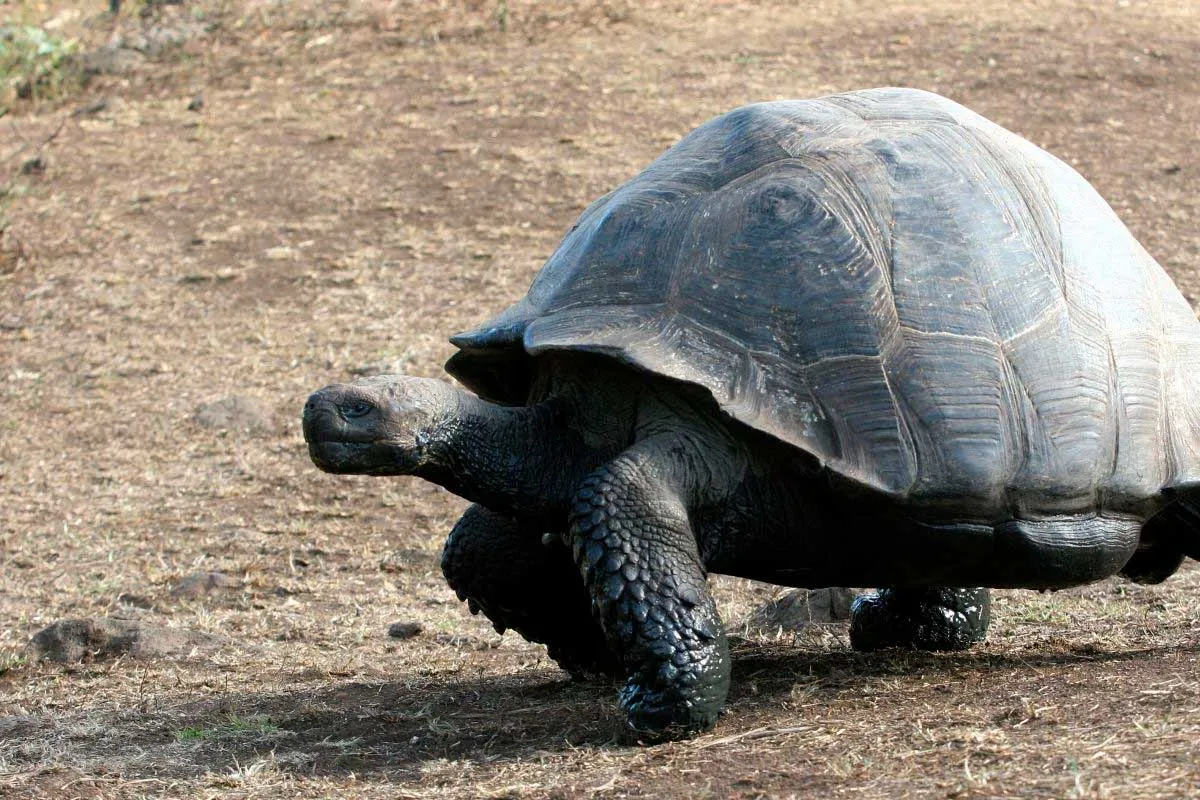Introduction
Planning a trip to the Galápagos Islands is one of the most exciting travel experiences you can imagine. These volcanic islands, located about 1,000 km (600 miles) off the coast of Ecuador, are home to some of the most unique wildlife and landscapes in the world. But one of the most common questions every traveler asks before booking is: “When is the best time to visit the Galápagos?”
The truth is: there’s no bad time to visit Galápagos. The islands are a year-round destination. However, each month brings unique wildlife encounters, different weather patterns, and specific travel advantages. Whether you want to swim with hammerhead sharks, see giant tortoises hatch, or simply enjoy pleasant weather, understanding the month-by-month changes will help you plan the perfect trip.
This guide breaks down the best time to visit Galápagos month by month, so you can match your travel goals with the right season.
Understanding Galápagos Seasons
Before diving into each month, it’s important to know that Galápagos has two main seasons rather than four:
- Warm & Wet Season (December to May):
- Temperatures: 25–30 °C (77–86 °F).
- Seas are calmer, skies are sunnier, and occasional tropical showers keep the islands lush.
- Best for snorkeling, swimming, and vibrant landscapes.
- Cool & Dry Season (June to November):
- Temperatures: 18–24 °C (64–75 °F).
- Brought by the Humboldt Current, this season has cooler air and water.
- Best for diving, marine life activity, and bird nesting.
Both seasons offer something extraordinary. The key is knowing what matters most to you: wildlife, weather, or activities.
Month-by-Month Guide
January
- Weather: Warm and sunny, with occasional rain. Sea temperatures are pleasant for swimming (~25 °C / 77 °F).
- Green sea turtles begin nesting on beaches.
- Land iguanas start breeding.
- Why Visit: Great month for snorkeling and beach walks; lush landscapes after rain.
February
- Weather: One of the hottest months. Calm seas, clear visibility underwater.
- Flamingos begin nesting on Floreana Island.
- Penguins are active along the western islands (Isabela, Fernandina).
- Why Visit: Excellent diving conditions, strong chance of penguin encounters.
March
- Weather: Hottest month of the year; frequent tropical showers.
- Marine iguanas reach peak nesting season.
- Sea turtles hatchlings start emerging.
- Why Visit: Fantastic month for seeing marine iguanas in their most colorful state.
April
- Weather: Still warm but rains decrease. Landscapes remain vibrant green.
- Waved albatross return to Española Island to start their famous courtship dance.
- Galápagos penguins begin nesting.
- Why Visit: One of the best months overall: warm seas, lush scenery, and unique bird activity.
May
- Weather: Transition month; slightly cooler, still calm seas.
- Blue-footed boobies begin their comical mating dances.
- Waved albatross nesting in full swing.
- Why Visit: Birdwatchers’ paradise—iconic mating rituals are on display.
June
- Weather: Cooler temperatures; seas become rougher with the Humboldt Current.
- Giant tortoises begin migrating from highlands to lowlands.
- Frigatebirds inflate their red throat pouches in dramatic displays.
- Why Visit: Amazing month for observing giant tortoise migrations.
July
- Weather: Dry and cool; seas can be rough, but excellent marine life activity.
- Blue-footed booby chicks hatch.
- Whale sightings possible near Isabela Island.
- Why Visit: Great time for marine lovers and photographers.
August
- Weather: One of the coolest months; strong currents, nutrient-rich waters.
- Sea lion pups are born across the islands.
- Why Visit: Unforgettable for playful baby sea lions—excellent wildlife photography opportunities.
September
- Weather: Coolest and driest month; seas rough but rich in marine activity.
- Peak whale shark season in Darwin and Wolf Islands (advanced divers only).
- Why Visit: A dream month for divers, though seas can be challenging for casual travelers.
October
- Weather: Slightly warmer, still influenced by Humboldt Current.
- Lava lizards begin mating rituals.

